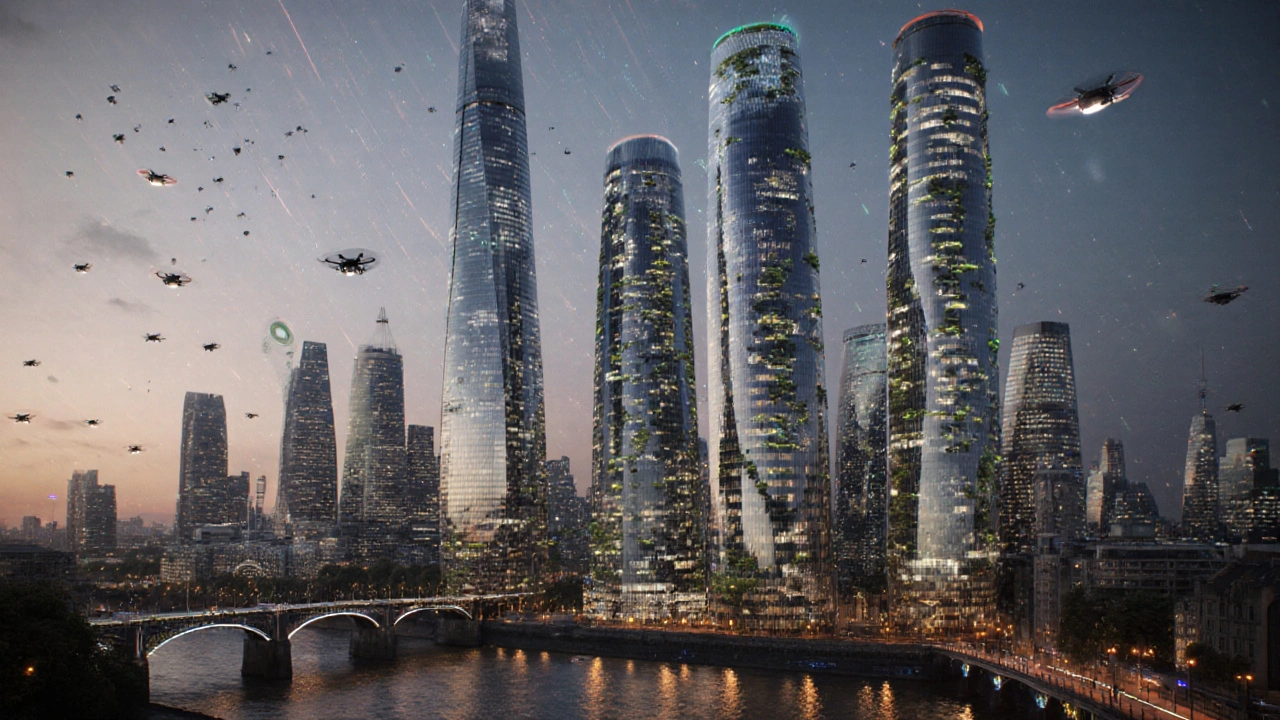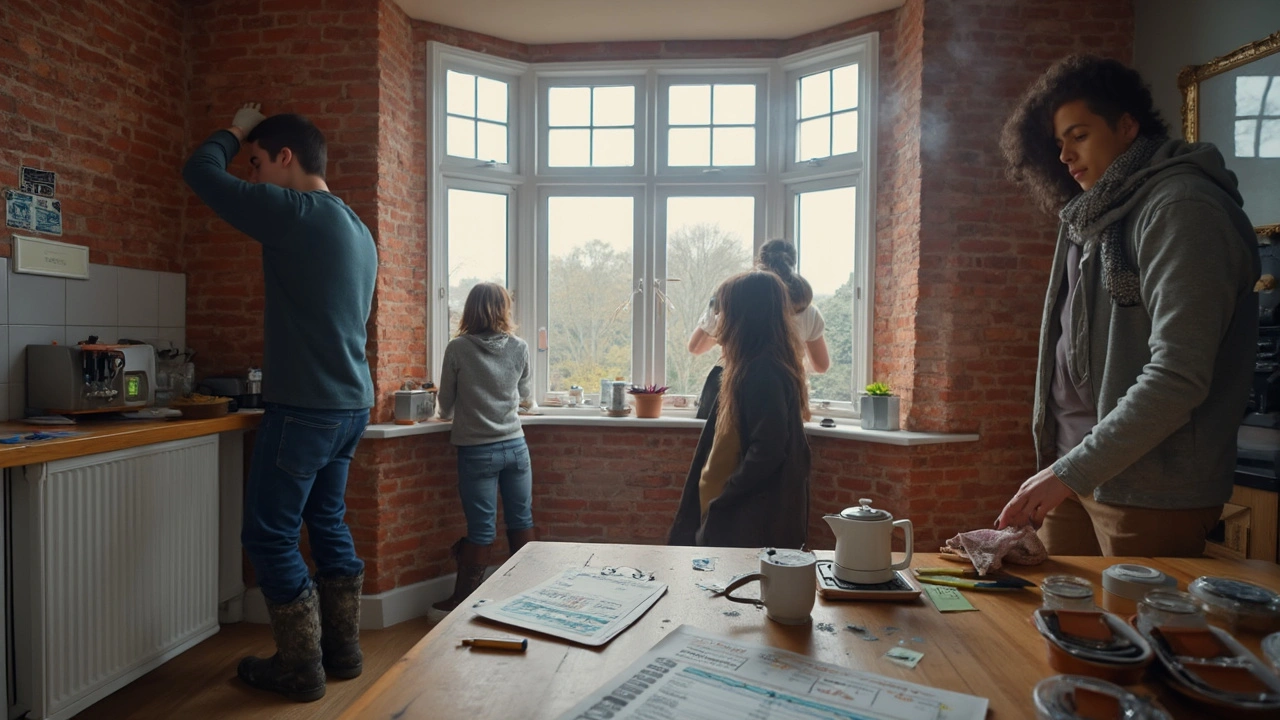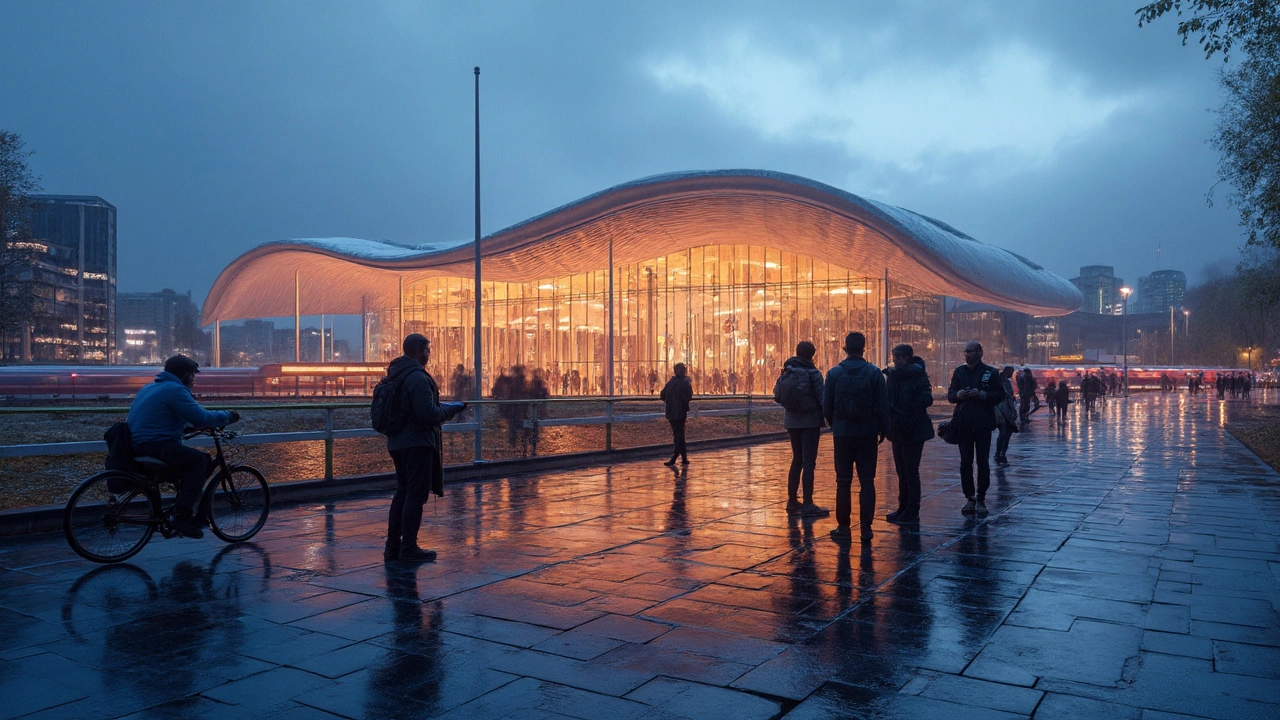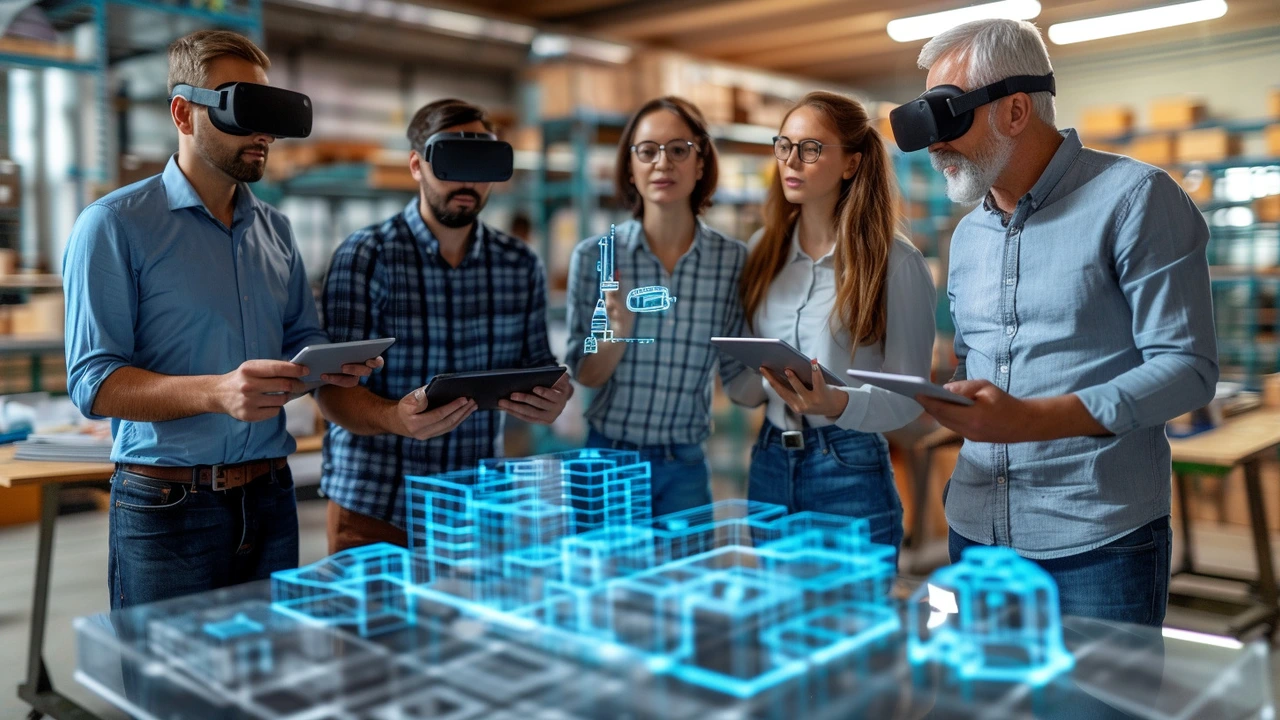Architecture and Technology: From Minimalism to High-Tech
Imagine a building that adjusts light, heat, and even airflow based on who’s inside — that’s where architecture meets technology. This category looks at practical ways tech changes how we design, build, and use spaces, and how simple design choices borrowed from web and product design can make buildings easier to use and cheaper to run.
Minimalism isn’t just an aesthetic. In web design, removing clutter speeds up load times and helps users find what they need. In architecture, the same idea improves circulation, cuts construction costs, and reduces maintenance headaches. Think fewer unnecessary partitions, clearer sightlines, and intuitive wayfinding. That helps occupants move faster, simplifies HVAC zoning, and lowers long-term energy use.
High-Tech Architecture: What’s Real and What’s Hype
High-tech architecture includes adaptive facades, sensor networks, and integrated building systems. Adaptive facades — like dynamic shading panels — cut cooling loads by reacting to sun angles instead of relying on heavy air conditioning. Sensors can track occupancy to adjust lighting and HVAC in real time, saving energy and improving comfort. Building Information Modeling (BIM) and digital twins let teams spot clashes before construction and monitor performance after handover. Robotics and prefabrication speed up repetitive tasks on site, reduce waste, and improve quality.
Not everything labeled “high-tech” delivers value. Always ask: does this device reduce operating costs, extend lifespan, or measurably improve comfort? A smart thermostat alone won’t save much unless it’s part of a larger control strategy. Prioritize systems that provide clear metrics so owners can see ROI.
Practical Steps for Designers and Owners
Start small and measure. Add occupancy sensors in a few zones, track energy changes for three months, then decide next steps. Use modular systems that can be upgraded — sensors, panels, and controls that plug into common standards avoid costly replacements. Design for maintainability: choose materials and equipment that technicians can access without ripping out finishes. For design teams, borrow web design principles: reduce visual clutter, highlight key paths and destinations, and test routes with real users early.
When specifying tech, require data access and open protocols so systems can interoperate and hand over useful information to owners. Look for proven case studies: dynamic facades that cut peak cooling, or smart controls that cut lighting energy by 40%. Those real numbers beat fancy promises.
Want a quick win? Audit control schedules and lighting zones. Often, you’ll find late-night lighting or HVAC running in empty spaces. Fixing schedules, tightening sensor placement, and consolidating zones can cut energy use without big capital expenses. That’s where architecture and technology work best together — small, practical moves that improve comfort, cost, and long-term performance.

High-Tech Architecture: Shaping the Future of Sustainable Design
Explore how high‑tech architecture combines smart materials, IoT, and 3D printing to create ultra‑sustainable buildings and meet future climate goals.
Read more
High-Tech Architecture: How Smart Design Is Transforming Homes in 2025
Not sci-fi-high-tech architecture is here. See what it means, what to buy first, real costs, energy savings, privacy risks, and a step-by-step plan you can actually use.
Read more
What Is Neo‑Futurism? Principles, Examples, and a Practical Design Guide for 2025
Clear guide to Neo-Futurism in 2025: core principles, real examples, actionable steps, metrics, and a checklist for architects, planners, and curious readers.
Read more
The Role of Minimalism in Modern Web Design
Well, hello there, fellow web enthusiasts! Let's dive into the world of minimalist web design, shall we? Picture this - a clean, sleek website with no unnecessary bells and whistles, just the essential elements. It's like the Marie Kondo of web design! Minimalism in modern web design makes it easier for users to find what they need, improves site performance, and creates a classy, modern look. So, next time you're building a website, remember - less is more, darling!
Read more
High-Tech Architecture: The New Age of Construction
Oh, honey! High-tech architecture is truly ushering us into a new construction era. It's like the Jetsons meet Bob the Builder, but in real life! Can we talk about how it's blending technology and design into a beautiful cosmic ballet? It's not just about creating buildings, it's about creating smart, sustainable, and sassy masterpieces! So, buckle up, darlings, we're on a techno rollercoaster to the future of construction!
Read more
Creating Tomorrow: The Impact of High-Tech Architecture
In my latest deep dive into the world of architecture, I've been exploring the fascinating realm of high-tech architecture. Picture this: buildings that look like they've been beamed down from the future, with all the bells and whistles of modern technology! It's a real game-changer, folks. This futuristic design philosophy is not only redefining our skylines but also has a profound impact on how we live, work and play. So, buckle up as we navigate this space-age architectural revolution - it's like the Jetsons, but even they didn't have a smart toaster that can predict when you want toast!
Read more